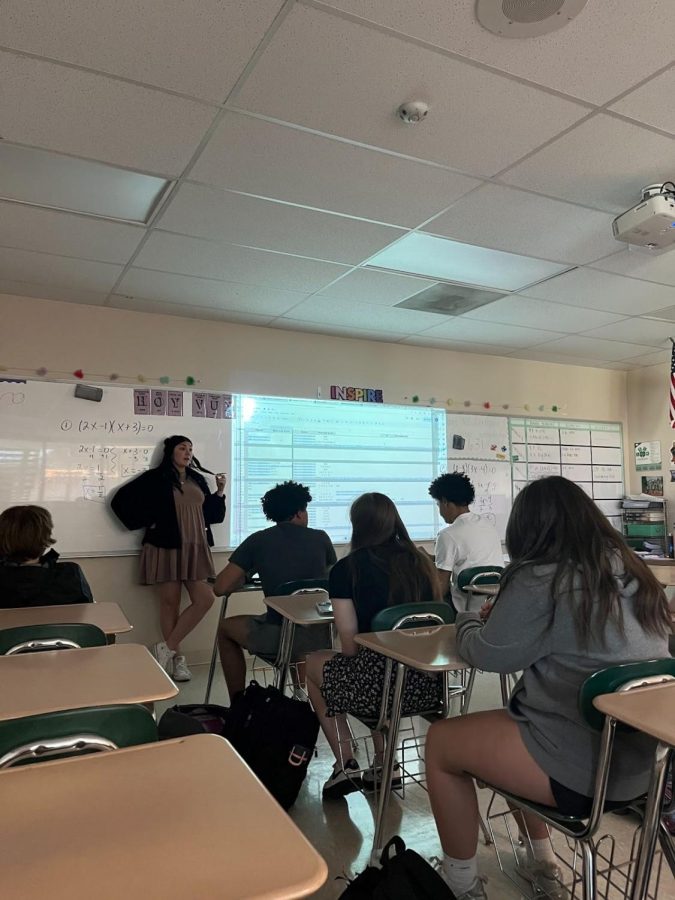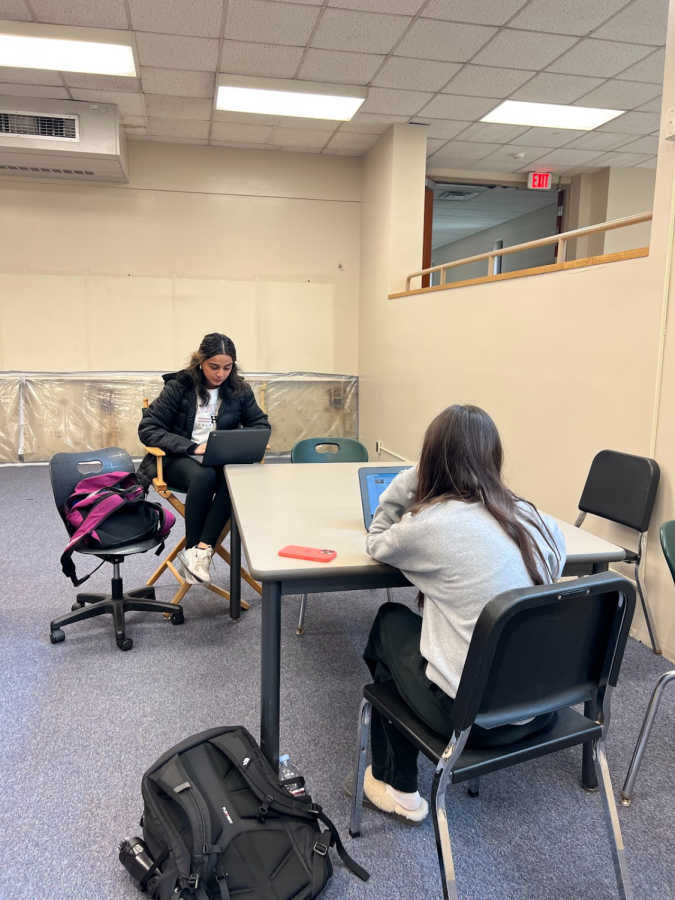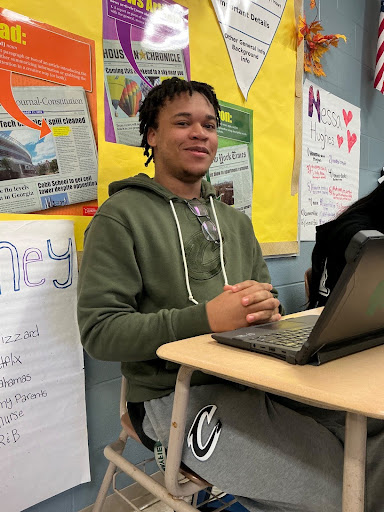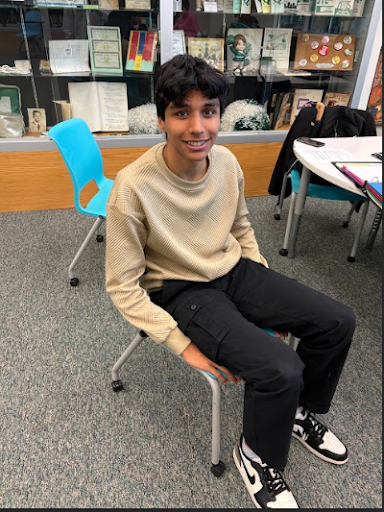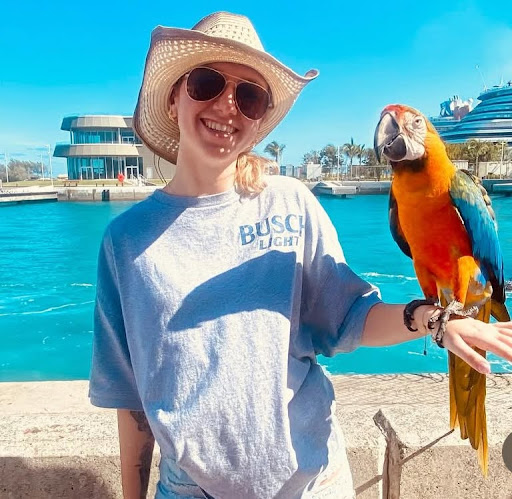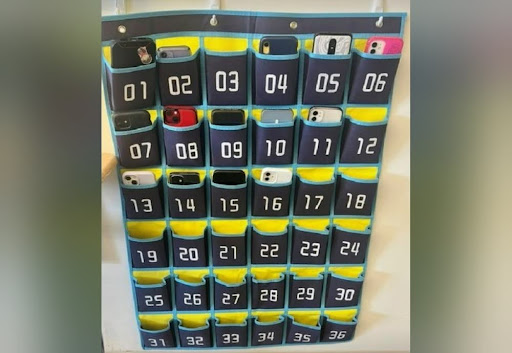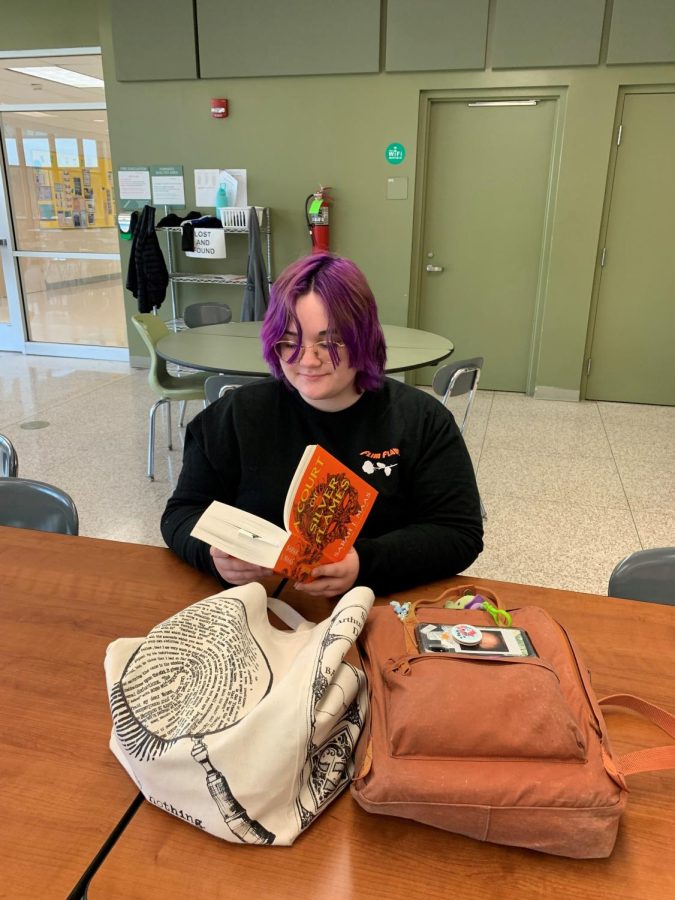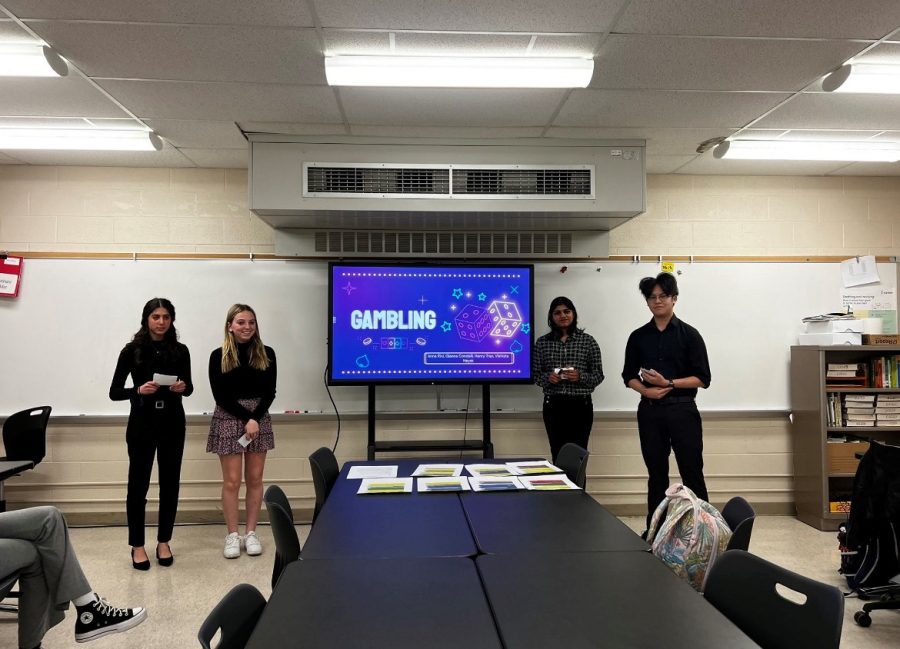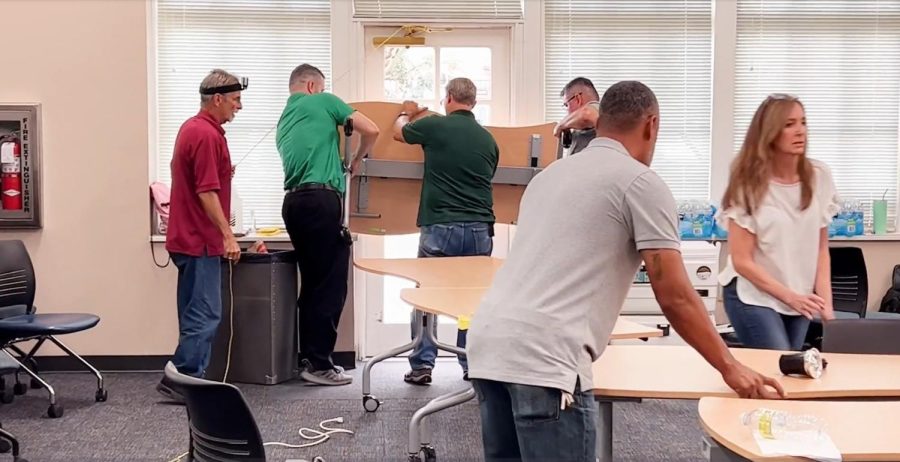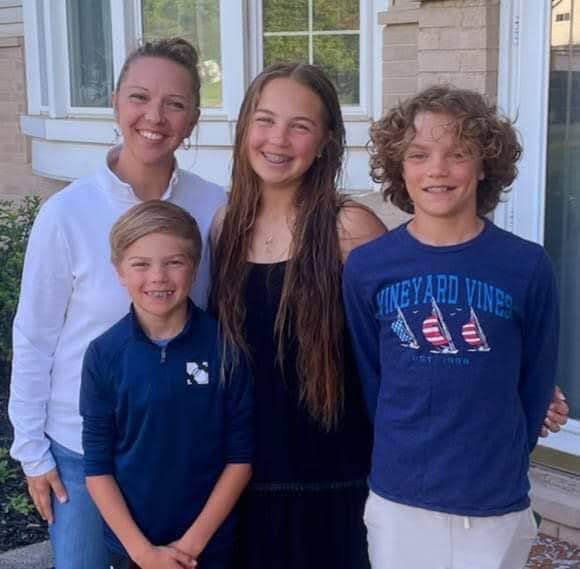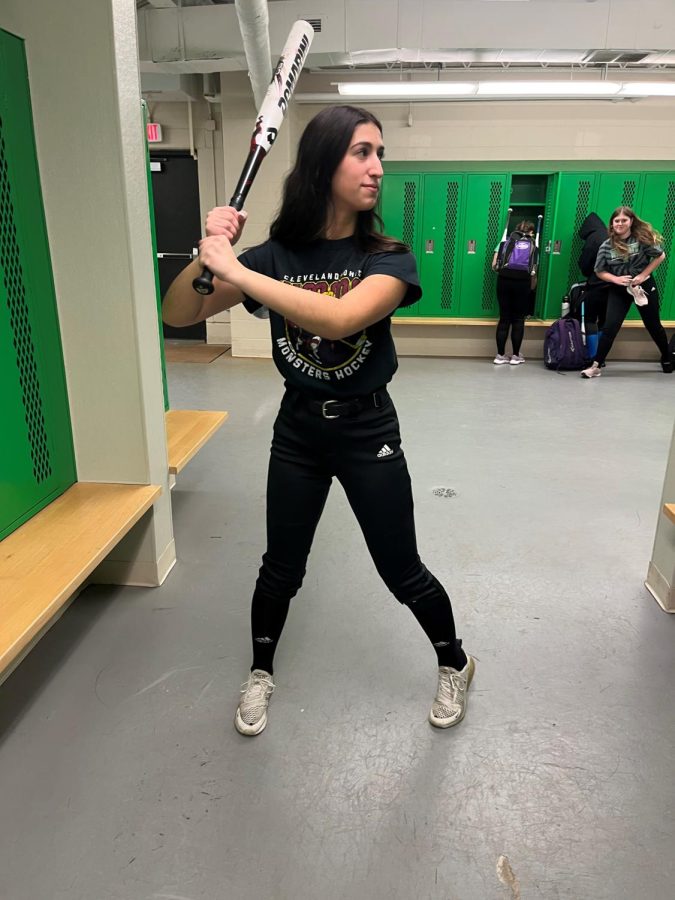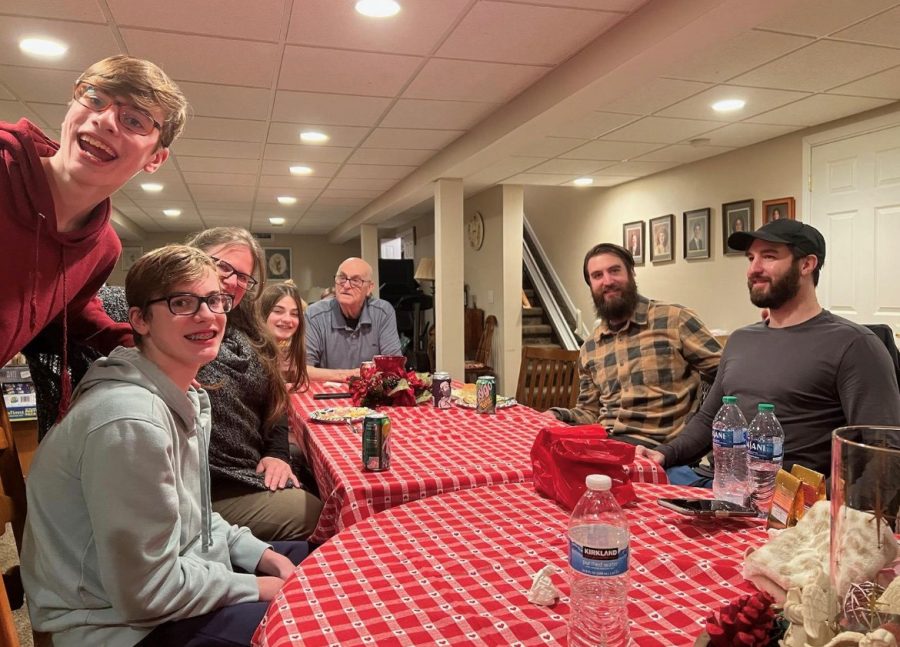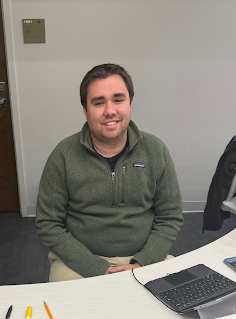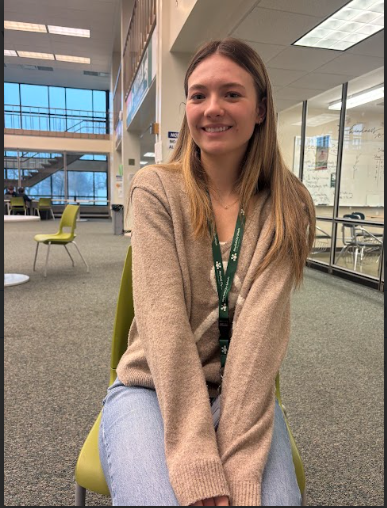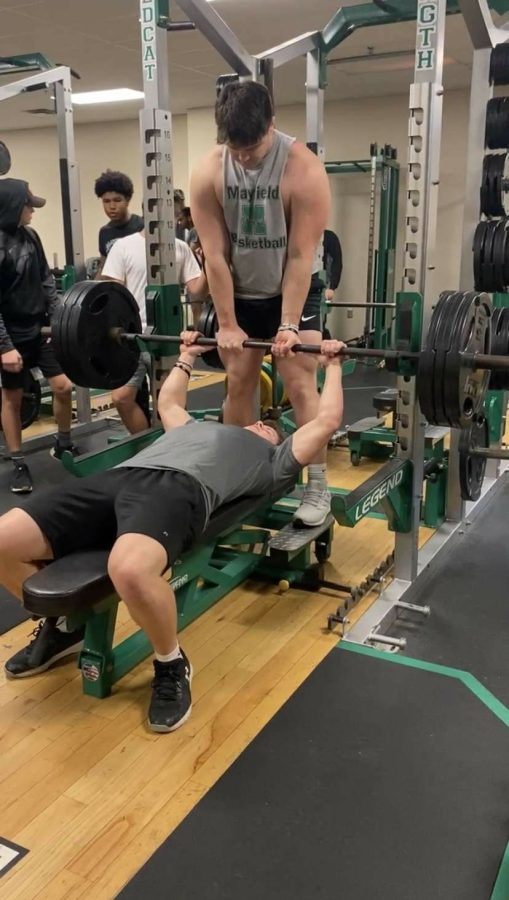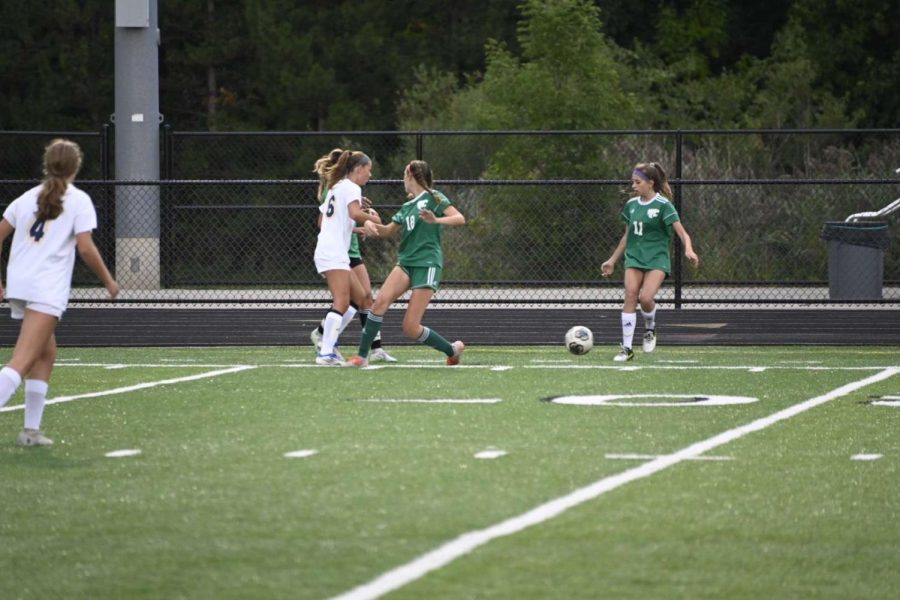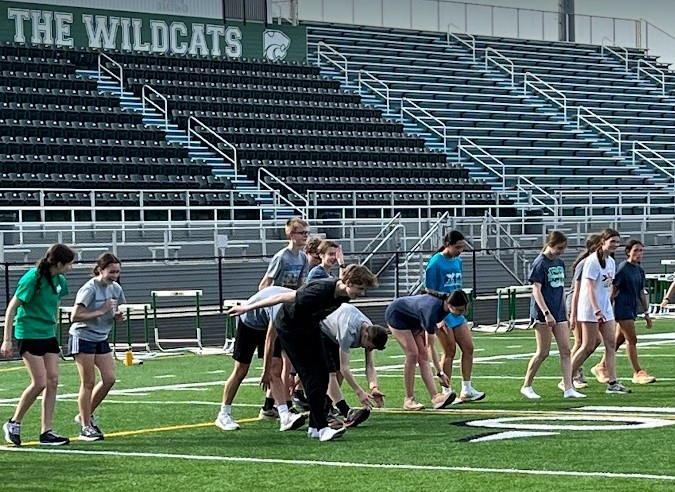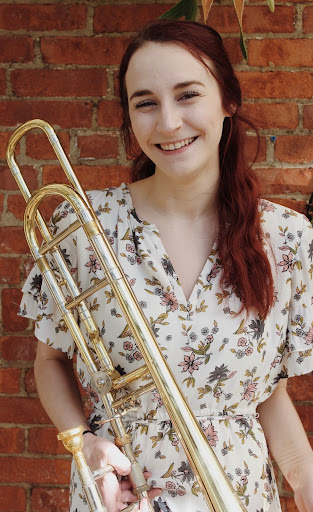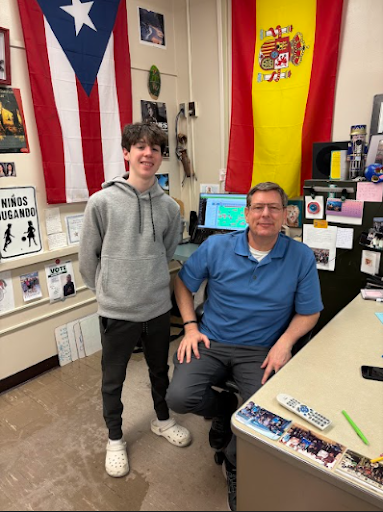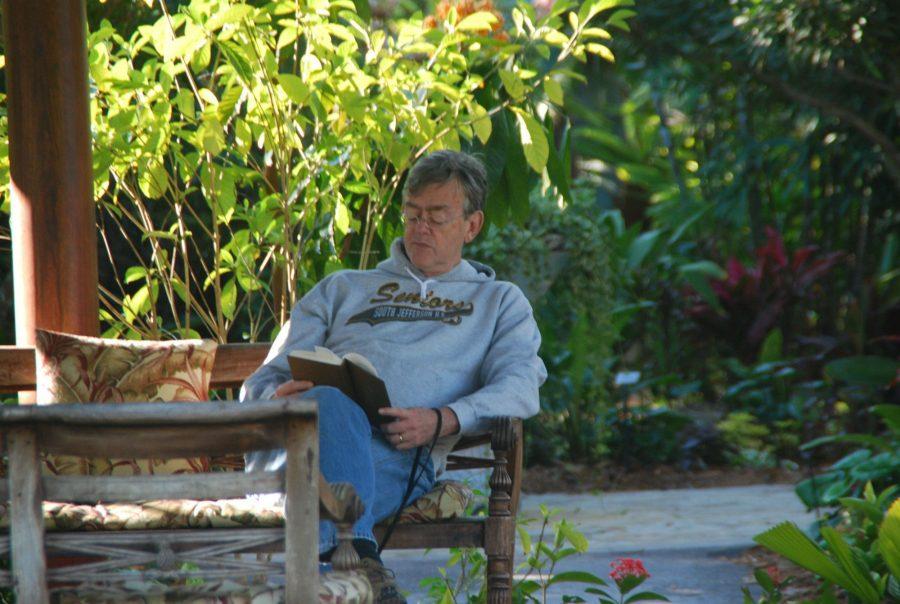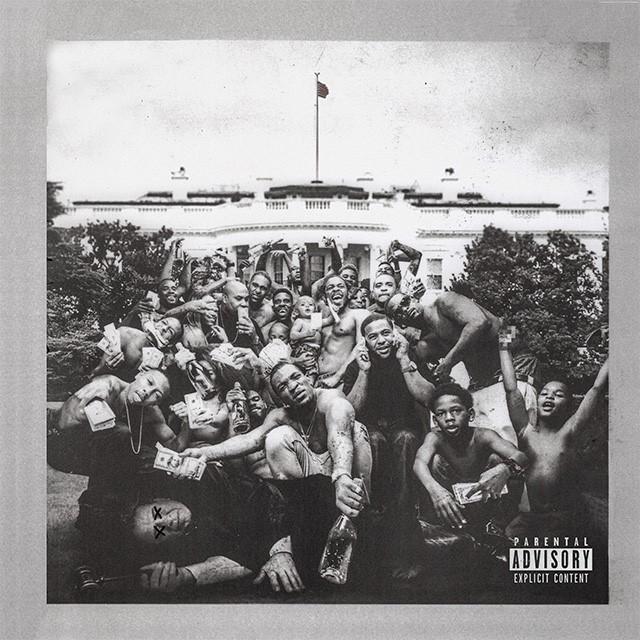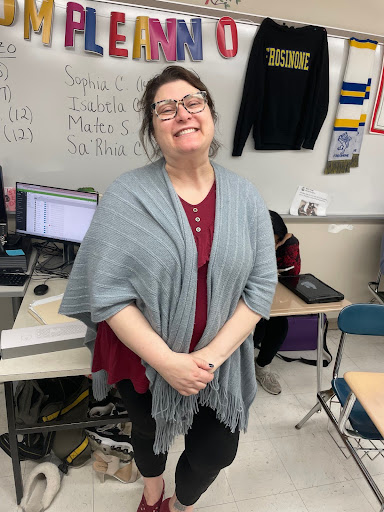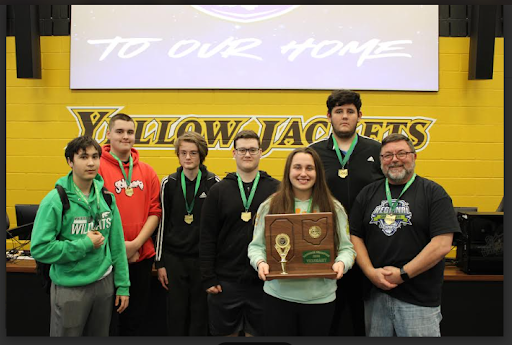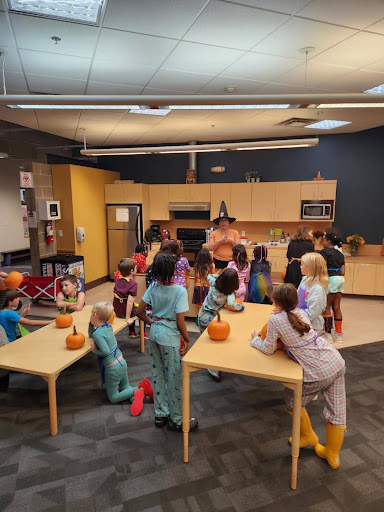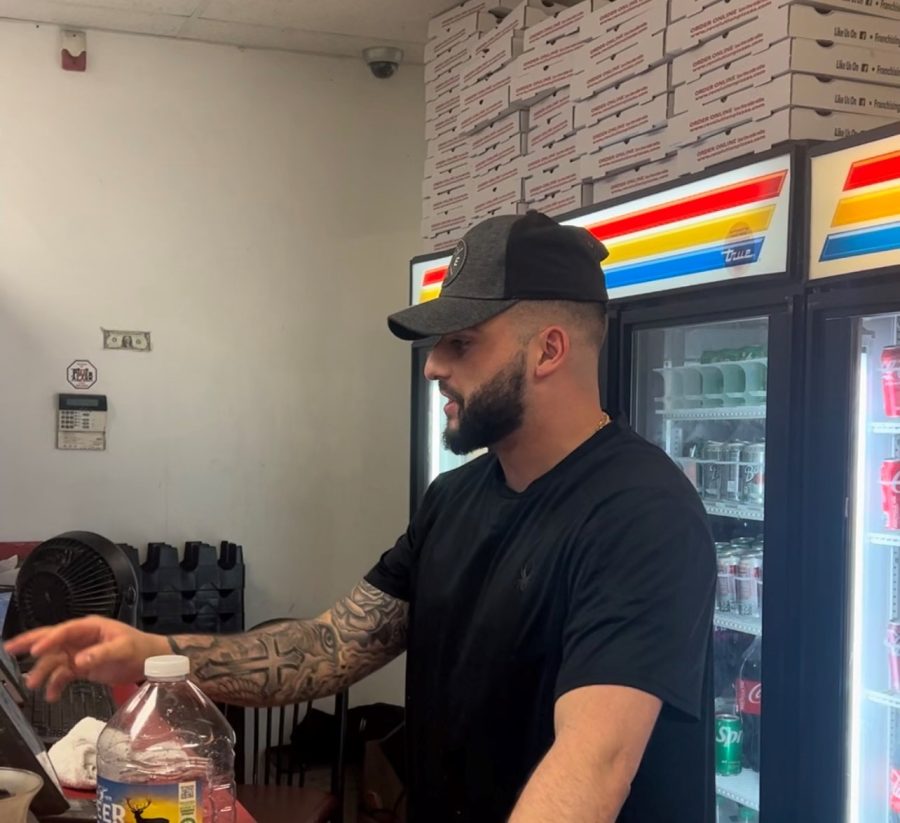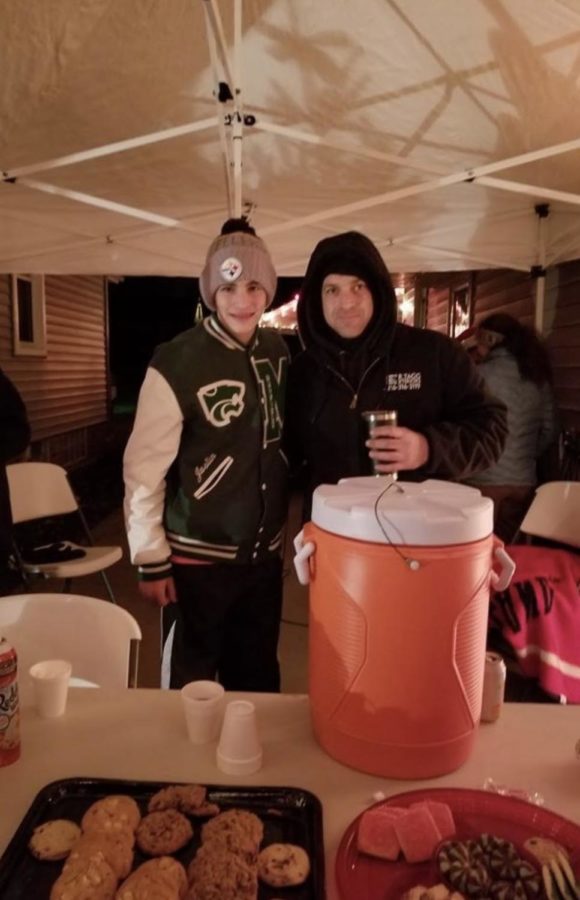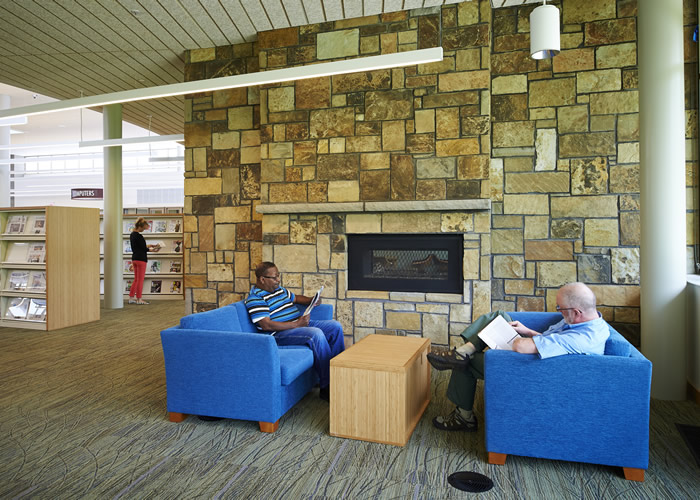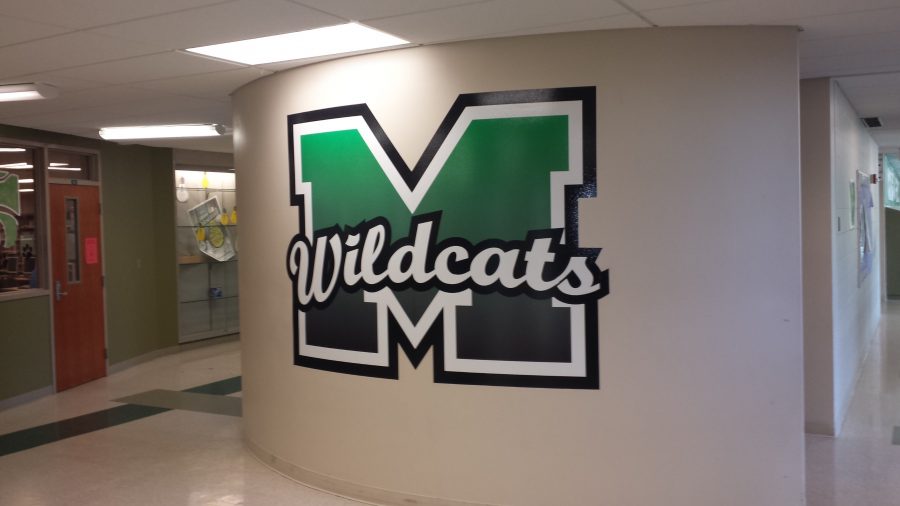Students on board with new scheduling options
February 6, 2018
Recently, one of the more important aspects of any school year started to get underway: scheduling.
As counselors go to the various classes to help students with their course selections for the next school year, the new learning modalities have left students thinking about what could be.
The new learning modalities, which can be read a bit more in depth in this article, are changing what students look at as “the typical class.” In addition to continuing to meet five days a week, teachers also have the ability to innovate and switch up from the original method.
Akin to a college setting, teachers can operate on a student self-paced schedule which would meet two to three days a week. Additionally, classes can be offered online, or as a combination of two similar classes—called “The Wildcat Program.”
Currently, there are 30 course offerings that fall into one of the new categories for the next school year, including Yearbook classes, a variety of advanced and AP classes, as well as others. How do students feel about the change?
“I’ll be taking some new classes,” sophomore Ryan Carlile said. “I like how they are doing things. It’s giving me opportunities that I like and it’s helping me to further my education.”
In addition to helping provide students with better opportunities scheduling wise, the new learning modalities also benefit students with time management skills—also another goal from principal Jeff Legan.
Legan, who submits a questionnaire to recent graduates each year, said that one of the underlying issues was a lack of instruction regarding time management. According to junior Sam Coffin, the new learning modalities will help solve that issue.
“I think this new option for scheduling next year will give students the opportunity to manage their classes a lot better than in the past,” Coffin said. “I see it as a positive for the school, but we will see how things play out next year.”
Legan said he wants students to find their passion, which could be happen in high school if students take many different types of courses before they graduate. He said, “By creating these new learning modalities, we feel that we are really able to identify and allow students to be able to choose the type of learning that best fits their needs.”



